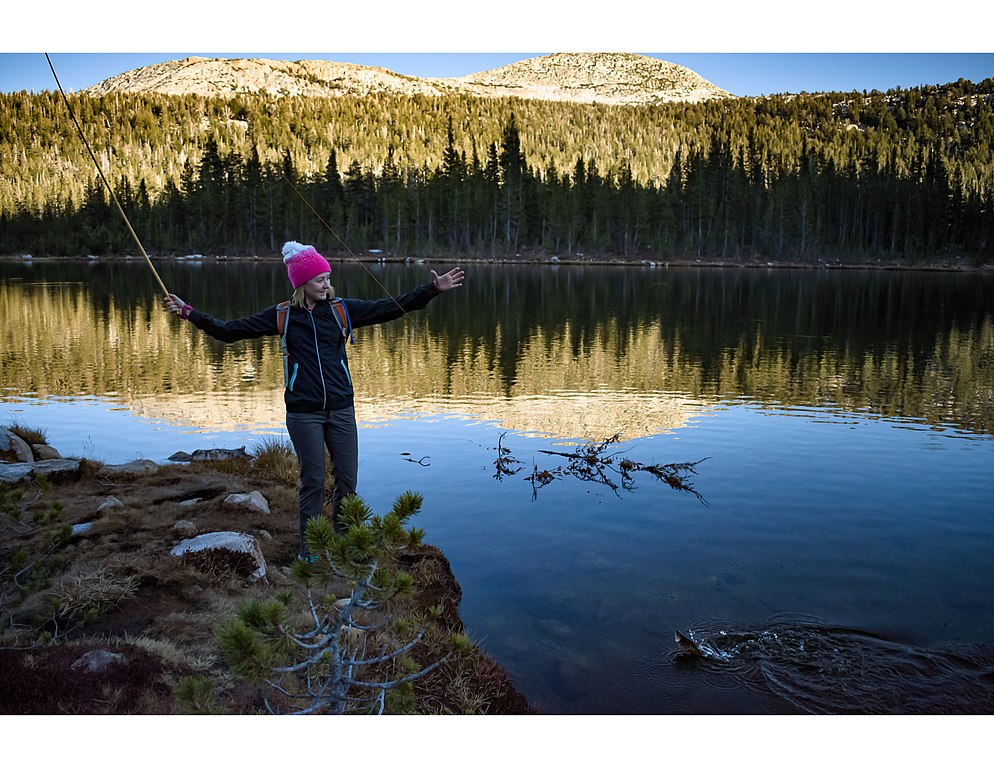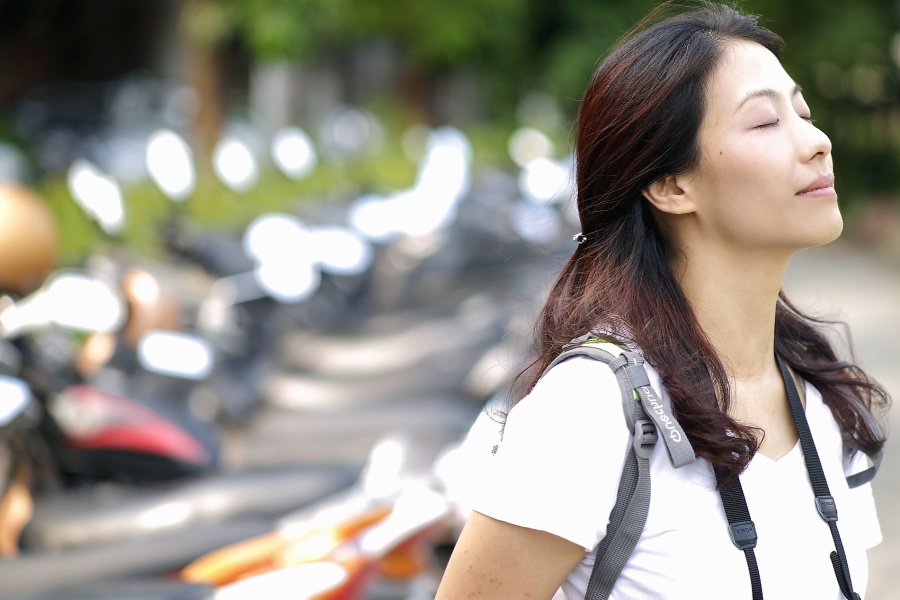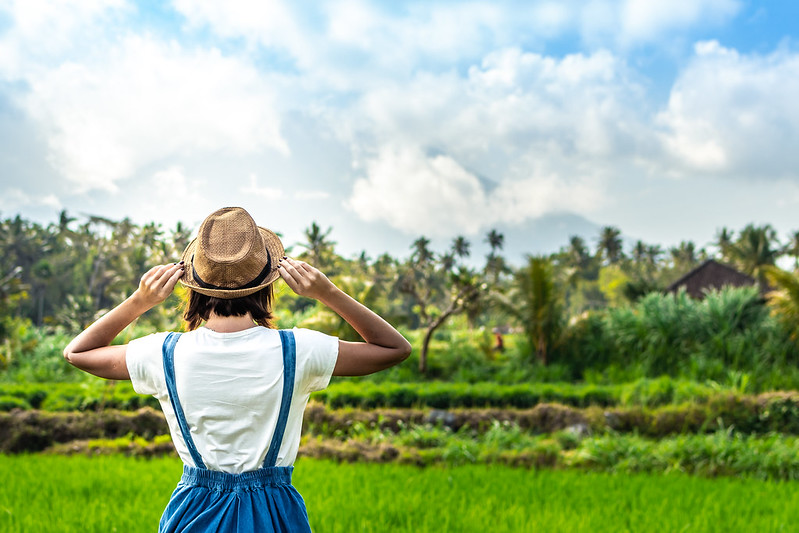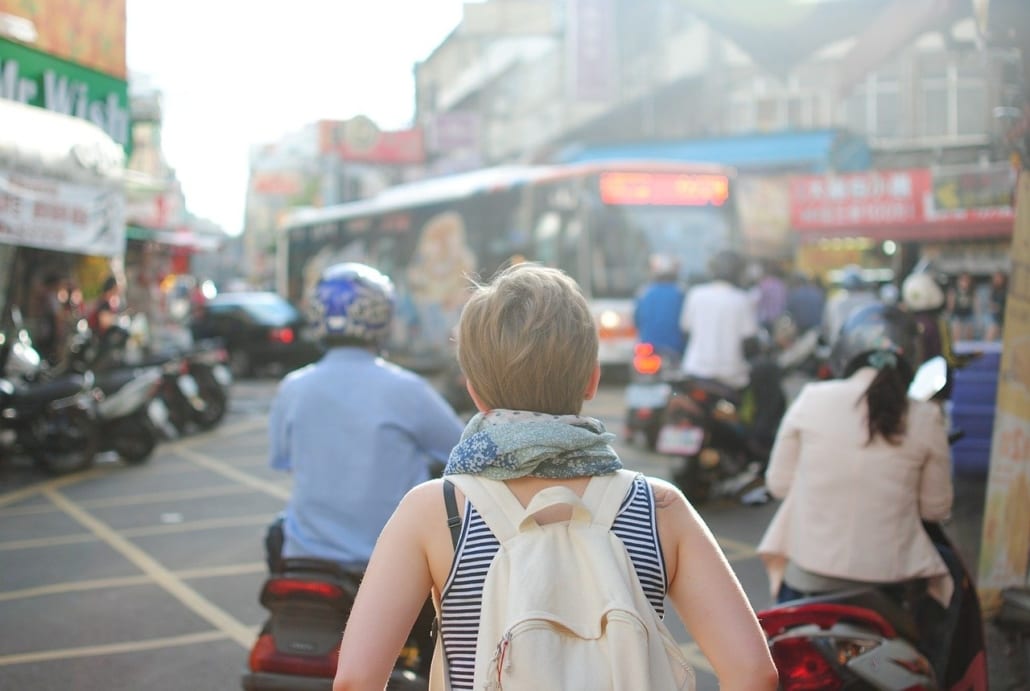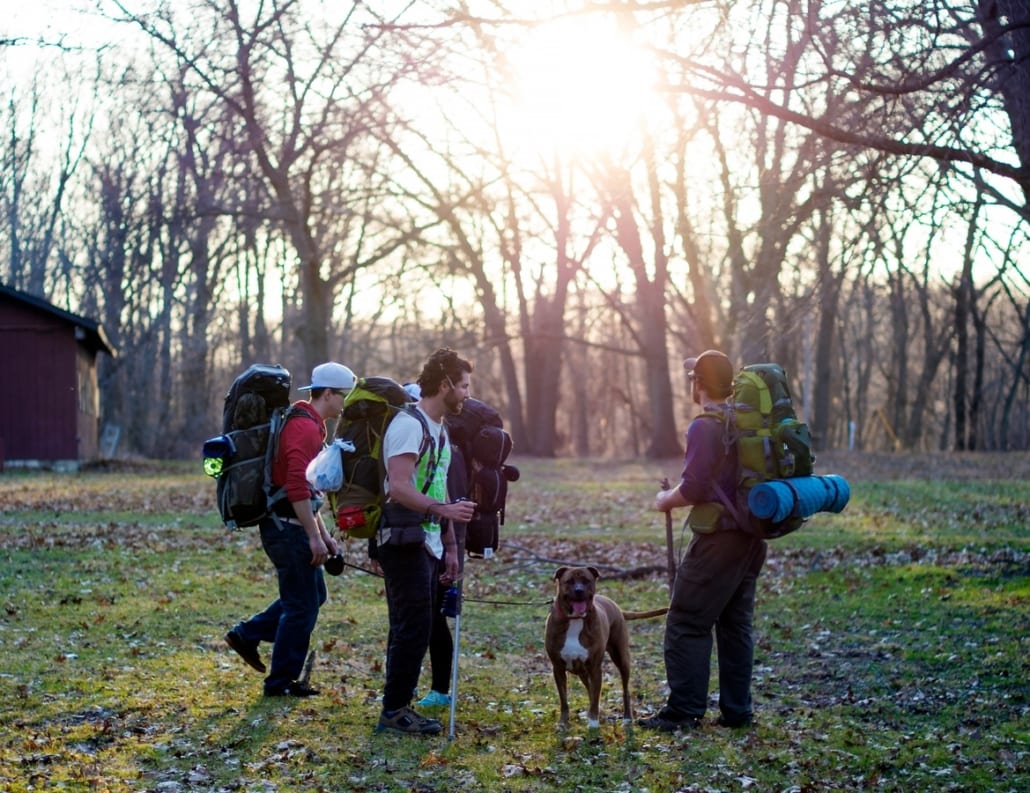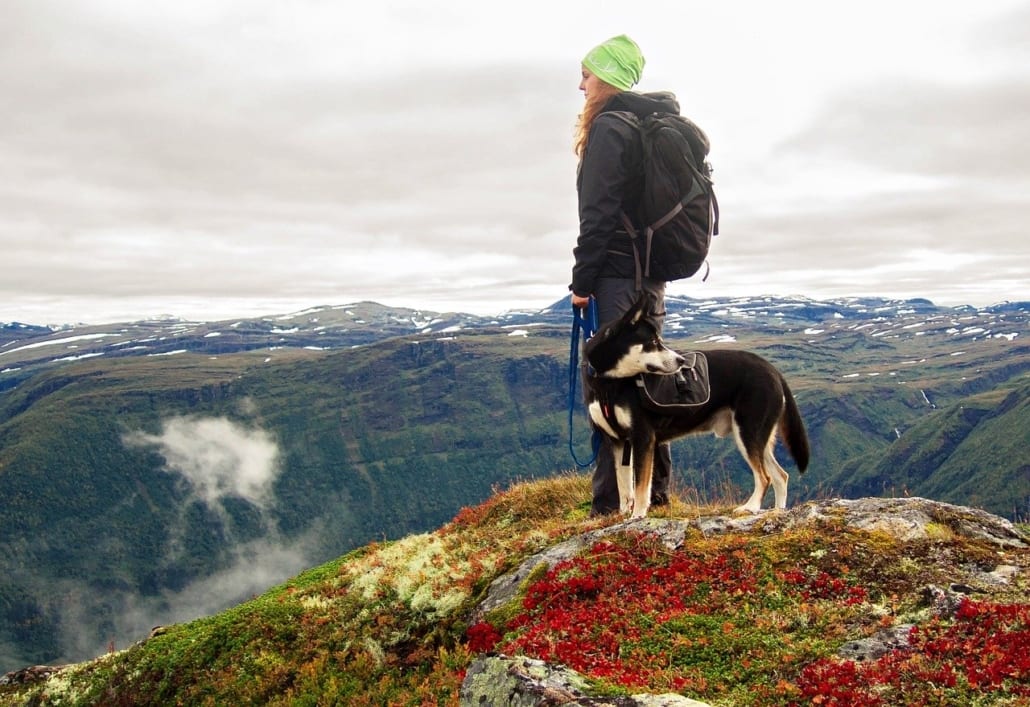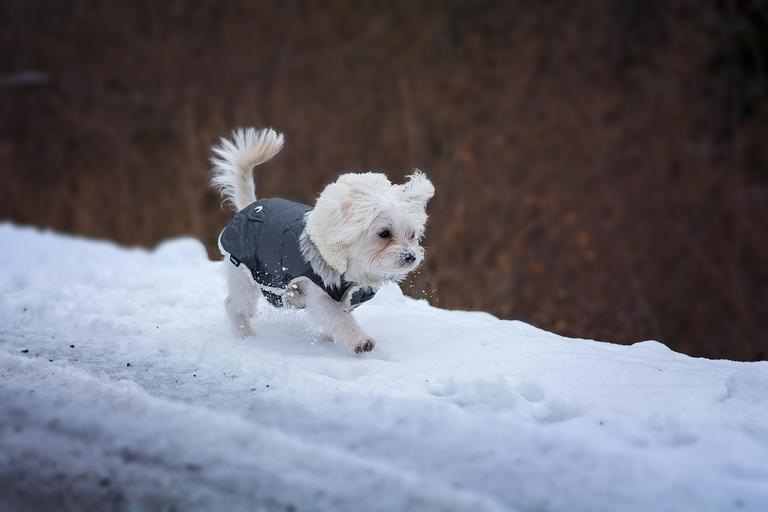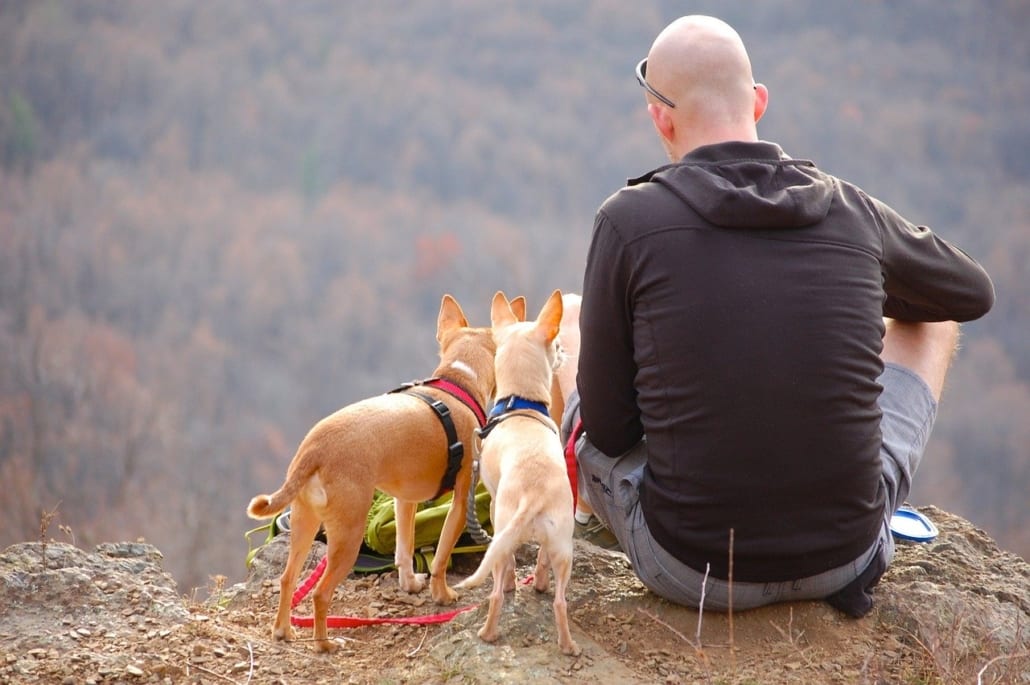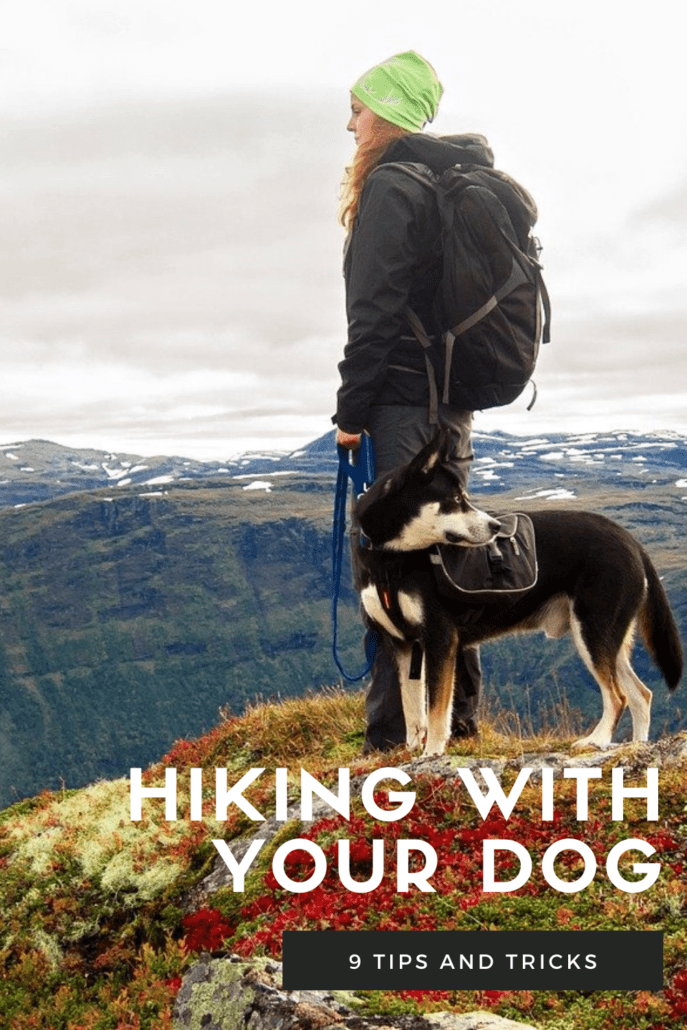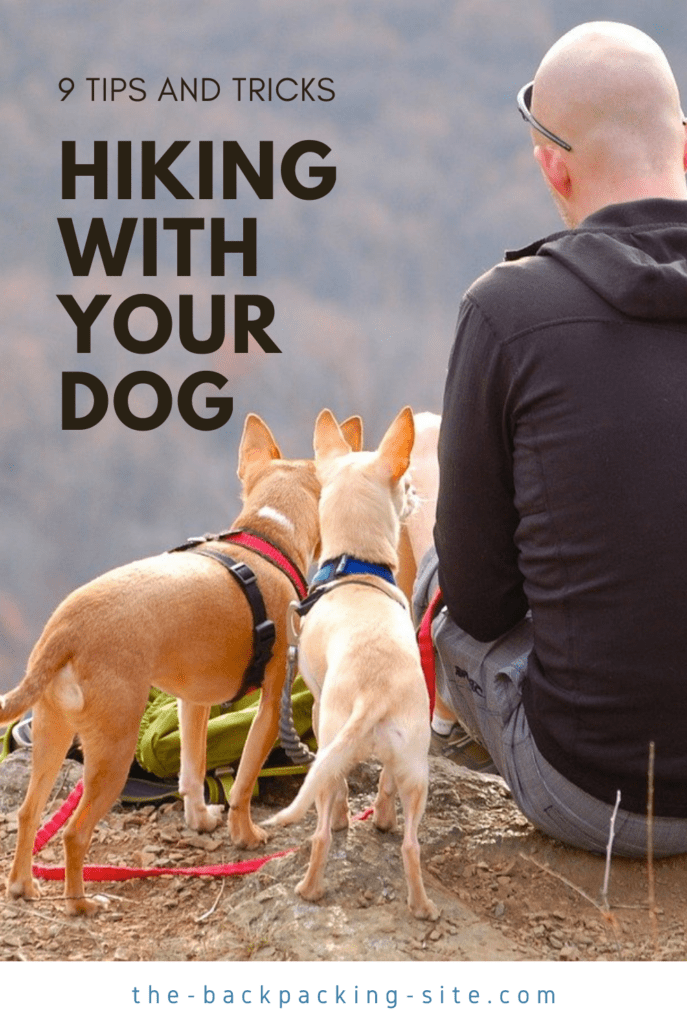If hiking through the wilderness is at the top of your bucket list, you’re not alone. The beautiful scenery, epic trails, and campsites, and experiences of a lifetime make backcountry backpacking a major goal for any outdoor enthusiast.
But, there’s a reason the idea stays on bucket lists and doesn’t get crossed off as often as other items.
Backcountry backpacking can be dangerous, especially if you don’t take the proper precautions. If you’re a frequent backpacker, you already know some of the common injuries that can occur while hiking. But, you’re putting yourself at risk for things greater than blisters and scrapes when you’re exploring mostly-uncharted terrain.
Still, if heading into the backcountry is a goal of yours, there’s no reason you can’t reach it with a little preparedness. Use the following safety tips and ideas as your ultimate guide to backpacking safely while in the backcountry.
Plan Ahead
Perhaps the most important safety tip before you head out on your backcountry backpacking trip is to plan ahead as much as possible. That starts by making sure you pack the right essentials, including:
- A map and compass or GPS unit
- Enough water and/or a purifier
- Extra food
- Rain gear
- Insulation
- Fire-starter
- First aid kit
- Tools
- Sun protection
You don’t want to overload your bag so it weighs you down. But, you’ll be happy to have these essentials on hand in case of an emergency, or just at the end of a long day on the trail.
In addition to packing for your trip, you can also plan ahead by telling someone where you’re going. This should be typical standard practice even on shorter trips. But, it’s an especially important safety tip for more dangerous backpacking treks in the backcountry.
Let someone know exactly where you’ll be and when you’ll be there. If anything were to happen and people needed to look for you, they would have a better idea of where to find you quickly.
Finally, prepare yourself by researching the weather and local terrain. What does the forecast look like for your trip? Knowing ahead of time will make it easier to make efficient packing decisions.
Have Support
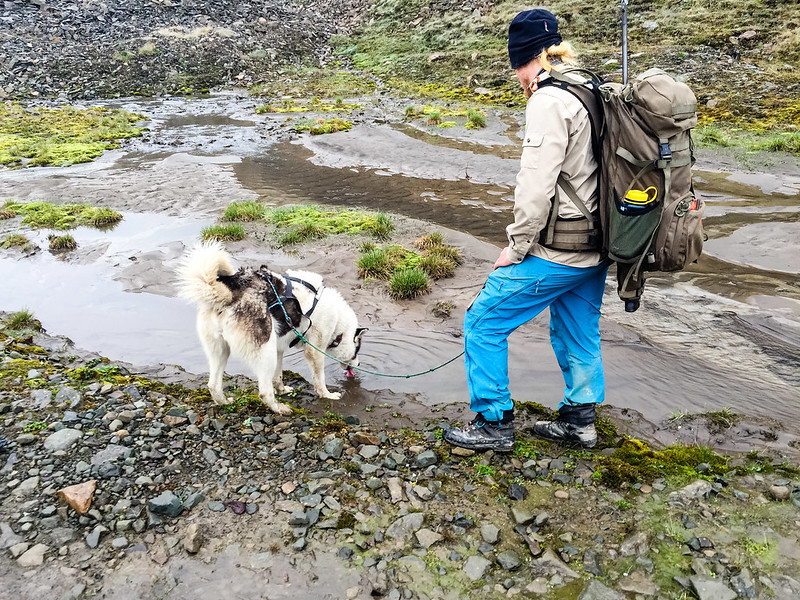
Your dog can be a welcome companion when backcountry backpacking
Backpacking is a great way to find yourself and take advantage of some peace and quiet in an overly busy world. But, when you’re tackling rough terrain, having some kind of support system is important.
That doesn’t necessarily mean you have to travel with family or friends. But, you might consider bringing your canine companion along with you.
Dogs should always be trained if you’re considering taking them along for your trek. You can train them yourself, hire a trainer, or go for a really thorough option by signing them up for a board-and-train program.
Once they learn to listen and obey basic commands on the trail, going backcountry backpacking with your dog can actually benefit your experience. They will offer a source of companionship and motivation as well as protection.
Keep in mind that there are extra things you’ll need to bring if you backpack with your dog. You might even consider getting them their own little harness pack to keep things like food, treats, water, and waste bags.
Another safety tip for backcountry backpacking is to keep your phone with you to make sure you have support on your adventure. It might go against any “off the grid” ideas you have.
But, keeping your phone charged and with you at all times will give you a way to call for help, if needed. It will also give you a way to connect with people back home if you’re struggling to stay motivated or you’re dealing with loneliness.
Having a support system, whether they’re right next to you in the form of a furry friend, or a thousand miles away, can make a big difference.
Expect the Unexpected
Planning and preparing will always be important when you’re heading out on a backpacking excursion. But, no matter how well-prepared you are, you can’t predict everything that will happen on the trail. You might run into things like:
- Unexpected bad weather
- Changes to the land due to erosion
- Wild animals that could be threatening
- Malfunctioning equipment
There are things you can do to better prepare yourself for some of these situations. For example, one important safety tip for backcountry backpacking is to prepare to protect yourself from the threat of dangerous animals by carrying a firearm.
Whether you’re by yourself or hiking with your kids, make sure you know how to properly store your gun, and that you’ve received firearm training before using it.
For other unexpected situations, you have to be willing to think on your feet. Backpacking in the backcountry takes more than strength and stamina – it takes a sharp mind.
Some of the best survivalists in the world are only able to do what they do because of their outdoor knowledge and willingness to think outside the box.
If you’re ready to cross backcountry backpacking off your bucket list, there’s no better time to do it. But, keep these safety tips in mind to make sure it’s a positive experience that you’ll feel confident about every step of the way.

